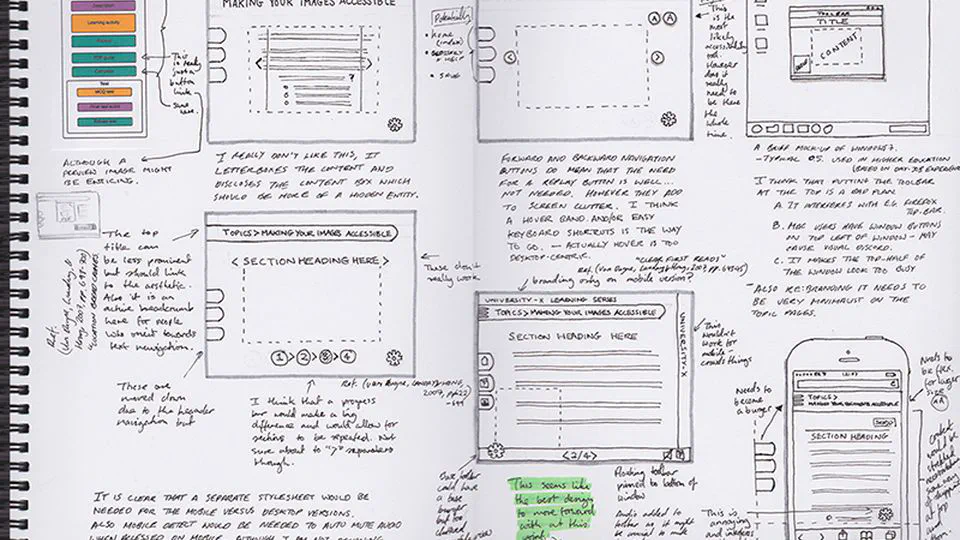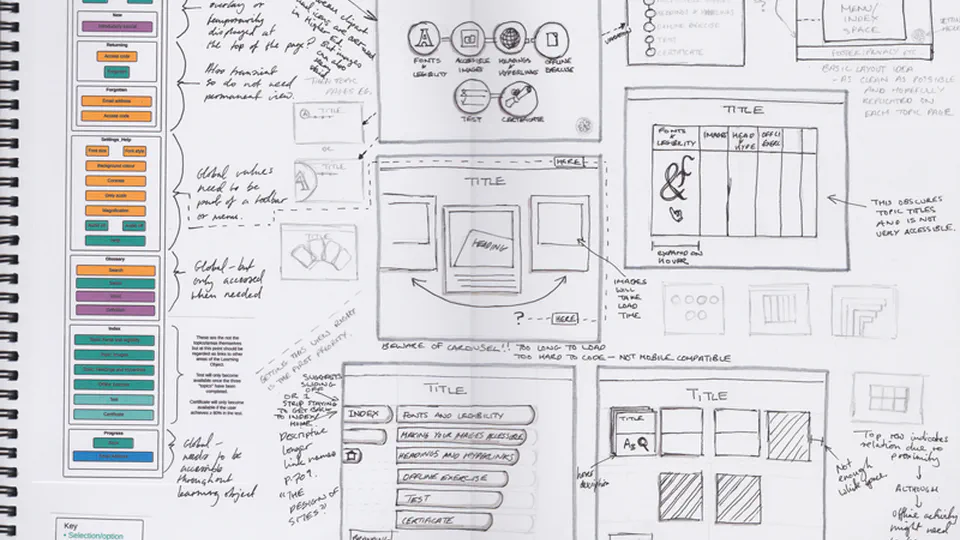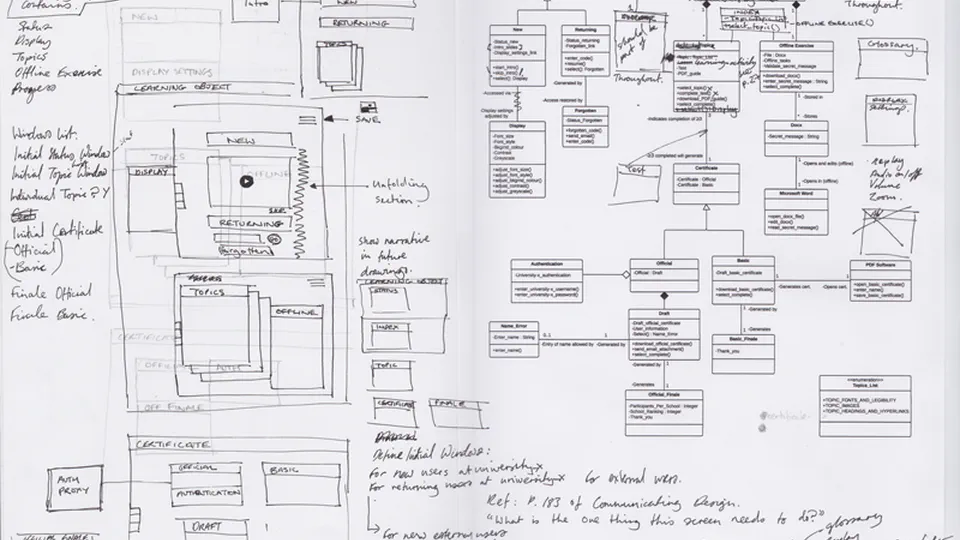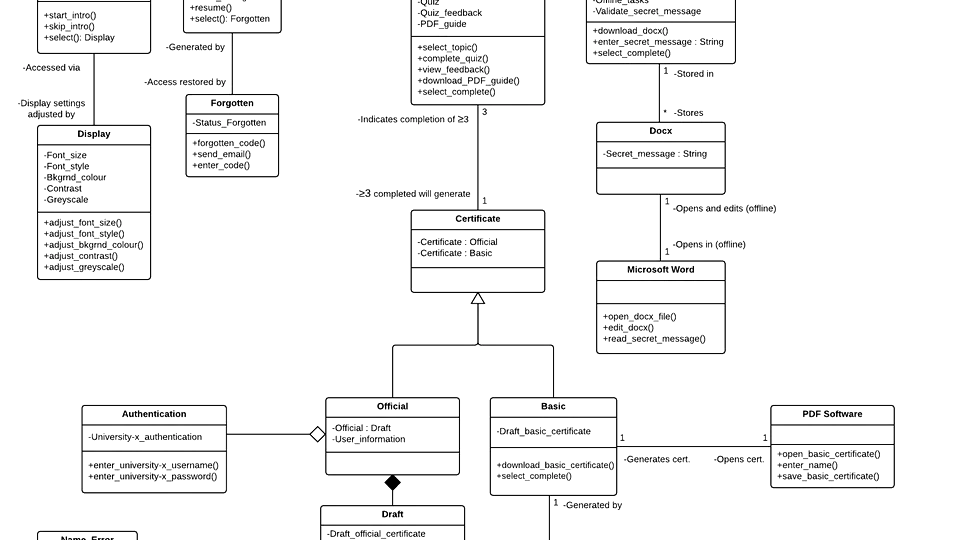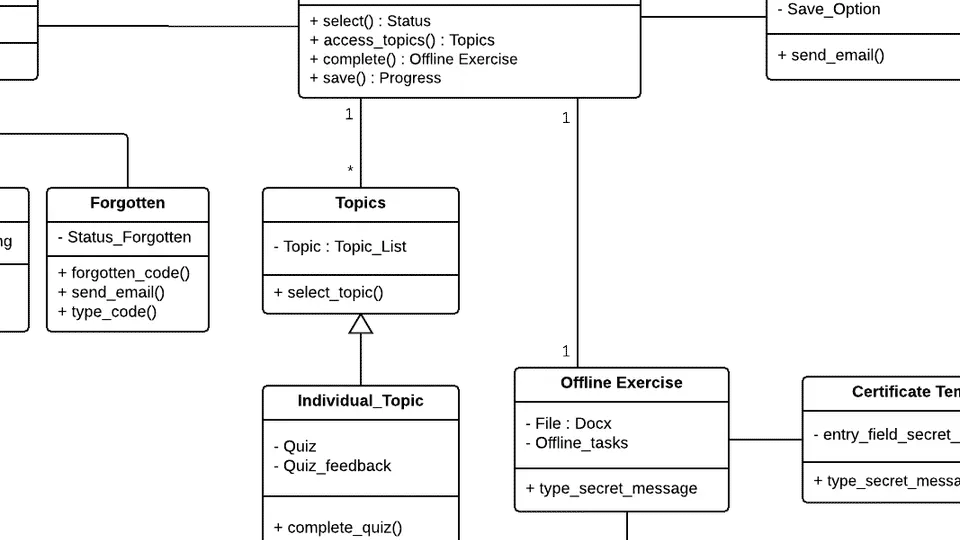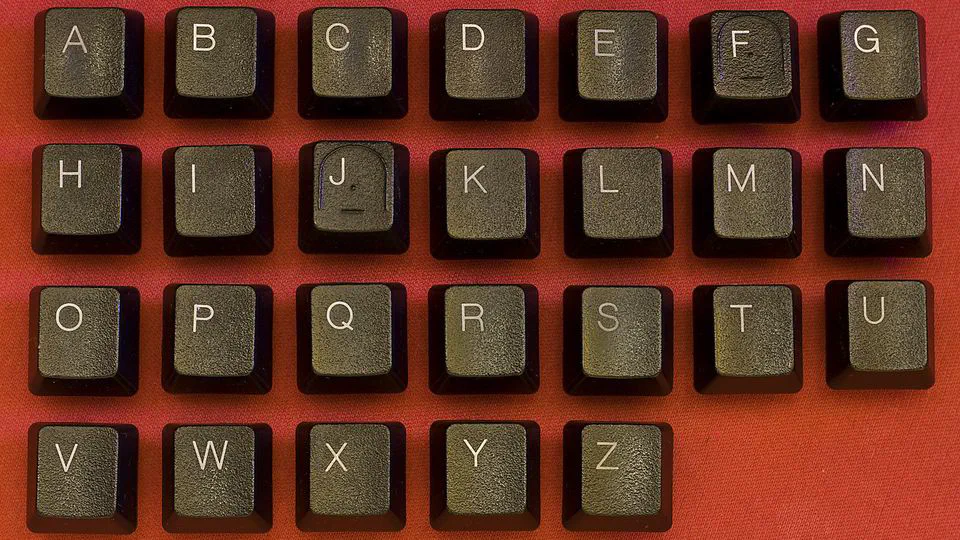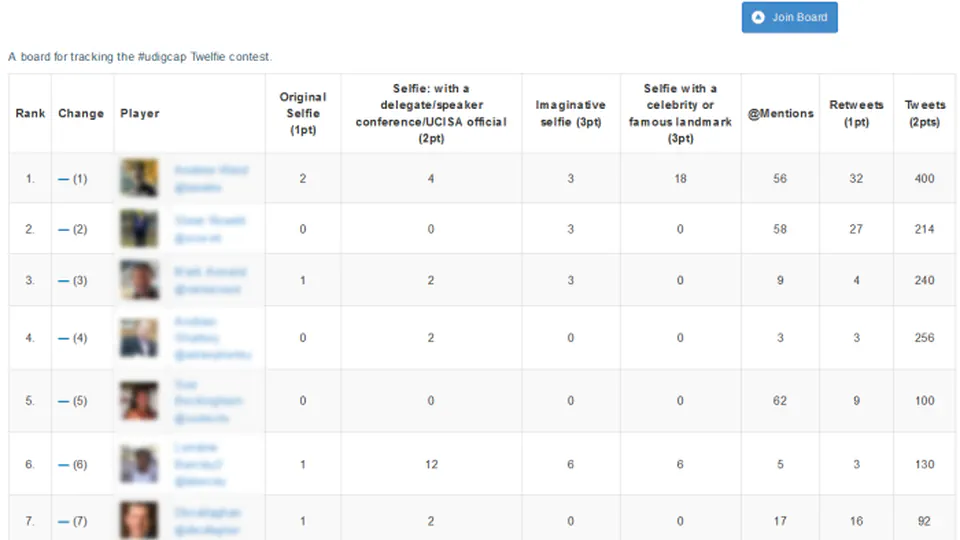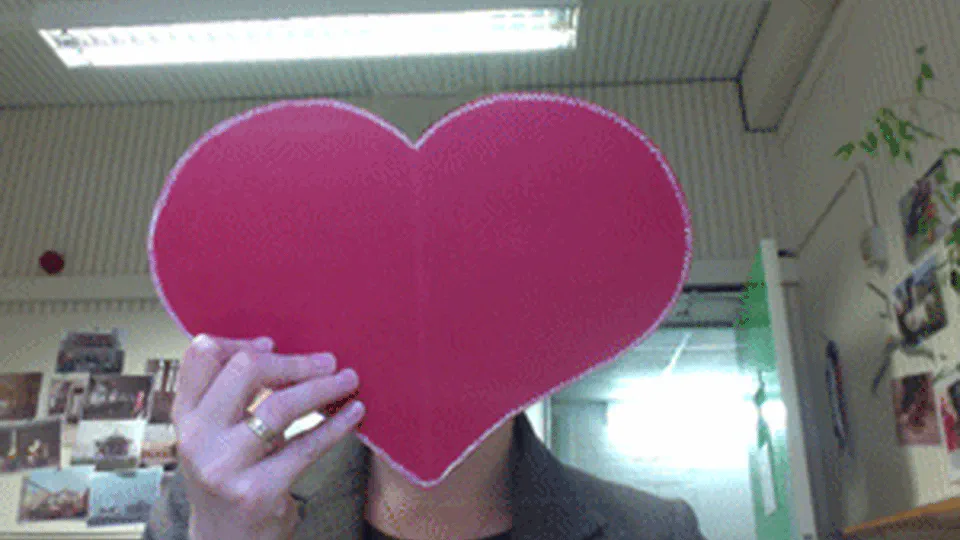Wireframes: Pondering Topic Pages
References Van Duyne, D. K., Landay, J. A., & Hong, J. I. (2007). The design of sites: Patterns for creating winning web sites (2nd ed.). USA: Prentice Hall PTR.
Wireframe sketching: looking at the index/home
References Van Duyne, D. K., Landay, J. A., & Hong, J. I. (2007). The design of sites: Patterns for creating winning web sites (2nd ed.). USA: Prentice Hall PTR.
Major discoveries, minor anguish
You may ask, what happened to you Fiona, between 6/12 and 20/12? Well this is what happened. I was teaching an online course called the 12 Apps of Christmas (a satellite of course run at Regent’s University, London) and it was ALL consuming. I was also working on my Learning Object project during this time (and you thought I was slacking!) however, for the most part I have to admit to reverting to paper reflections for a while, due to sheer convenience. Currently my notes are collectively living on bits of scrap-paper, serviettes/napkins, and Evernote entries. I plan to pull them together here over the next few days, a process that I have started with the inclusion of my reflection of using a learning object as an end user, I will include more on that later in the post.
Real-time reflection: experience of completing a Learning Object
As part of my day job, I had to complete a Learning Object (as a learner/student) and decided to take the opportunity to reflect on what the experience was like from an end user perspective. Throughout the process, I considered what went well, what could have worked better and what I felt was missing. This exercise resulted in something of a structural epiphany. I realised that I had missed some vital steps in the conceptual model, this was further borne out when I started my wireframe drawings and found that there were things that simply did not add up. Below is my, step-by-step written account of my experience in the Learning Object, I have highlighted sections of particular significance. My next post will outline some of the decisions that took place from December 16th onward.
Bits and Pieces Put Together to Present a Semblance of a Whole
My blog title is a direct quote of Lawrence Weiner’s Bits & Pieces Put Together to Present a Semblance of a Whole (1991) an artwork installed at the Walker Art Centre, Minneapolis, MN, USA. Take a look at the walkerart.org site for more information.
Perplexed...or why we iterate
I have a confession to make, I am pretty perplexed by Unified Modeling Language (UML). If you were to look at this blog, based on the lack of posts, you wouldn’t think that I had made any progress over the past two weeks. We covered User Conceptual Modeling as a topic in class back on the 6th of November and in my last post on the 11th, I made the grand proclamation that I would complete my UML diagram by Friday (13th). Well I did create a UML diagram, and then I created another iteration and another; I became obsessed with understanding the syntax…not a healthy obsession, but a frustrating one. During the past week I tried to read everything that I could in order to aid my understanding. Tonight I came to the realisation that Learning Objects are pretty hard to build in UML. I also made the decision to leave this part of the project for now and move on to writing some commentary on user requirements. I feel that by moving on, I may miss some error in the system design, but also if I continue to work on the diagram I am going to stall my progress further. This was paralleled early on in the other project that I am working on at the moment, where I attempted to create a diagram for a hypothetical wearable device as part of the Internet of Things. Four-plus iterations later I finally have something that resembles the operation of a real system. To summarise here is what I have learned from this road-block:
Characteristics for the users of a hypothetical OER
Context This post is another entry related to a hypothetical user interface design as part of my study towards an MSc in User Experience Design. These blog posts should be viewed as rough and reflective and are concerned with a project for a fictional university. The first point to clarify is, what exactly is an Open Educational Resource and why would a potential client want to build one? I personally find the following definition from Jisc to be the most helpful:
Re-Blog: Reflections on using Rise to support conference-based gamification
Guest blog I wrote for the Rise Blog 22/10/15 Reflecting on my experience using Rise Leaderboard to support conference-based gamification.
User characteristics are coming out of my ears
So to recap, my quest for last week was to look at the following and comment. I did look at the following but this is the first chance that I have had to comment as I have been deeply ensconced in putting some of what I have learned into practice within my IoT research project (sorry, I’m deliberately not providing a lot of detail on the IoT project, just reflecting on what I have learned).
New project = New category
Well almost… I have had a #UX category on this blog for a while, but I have decided to formalise it as I embark on a grad school module, Interaction Design and Evaluation Process. The UX category will be a place to collect my thoughts in relation to what I learn on the module and can be viewed in a collated format via the “UX” tab. Things to comment on this week:
